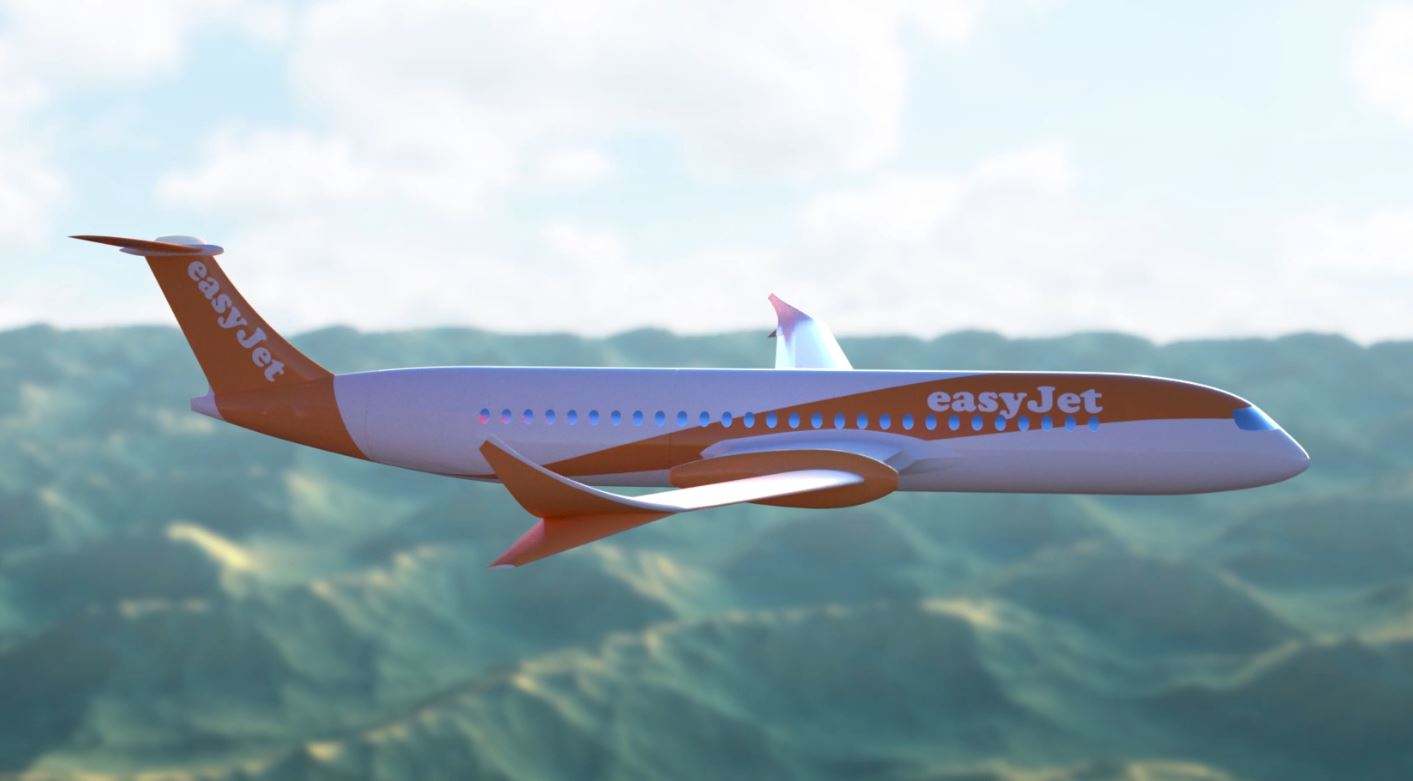The carrier is introducing quiet electric aircraft tugs at Gatwick and has unveiled plans for an all-electric short-haul aircraft that it says could enter service within a decade.
European low cost carrier easyJet has presented ambitious plans to progressively decarbonise and reduce noise from aviation operations, both on the ground at the airport and in flight. The carrier says it has reduced emissions by over 31% from 116.2 grams to 79.98 grams per passenger kilometre since 2000 and aims to reach 72 grams by 2022.
Its most ambitious — some would say far-fetched — project is to develop an all-electric commercial passenger jet which it says could be operating short-haul flights (330 miles/530km) across its UK and European network within a decade. The company has formed a partnership with a U.S. start-up, Wright Electric, to develop this concept, based on “new energy storage chemistries that are substantially lighter than today’s commercial batteries”.
EasyJet also announced the introduction of new TLD TPX100e electric, towbar-less aircraft tugs at London Gatwick to perform pushbacks on its fleet of 60 aircraft at the airport. Currently the push backs are performed by diesel tug vehicles and so this move would significantly reduce the airline’s emissions at Gatwick as well as cutting the noise of airfield operations.
The carrier is also partnering with Safran to trial e-taxi hydrogen fuel cell technology in the coming months. It is estimated that this technology could save around 55,000 tonnes of fuel and associated CO2 emissions per year. First trials are scheduled for next year at Toulouse Airport.
This is not the first time that the UK carrier has unveiled plans for a revolutionary “green” aircraft. In 2016, it took the wraps off a hybrid aircraft featuring a zero-emission hydrogen fuel system which it claimed could save around 50,000t of fuel per year thanks to a hyrogen fuel cell stowed in the aircraft’s hold.

